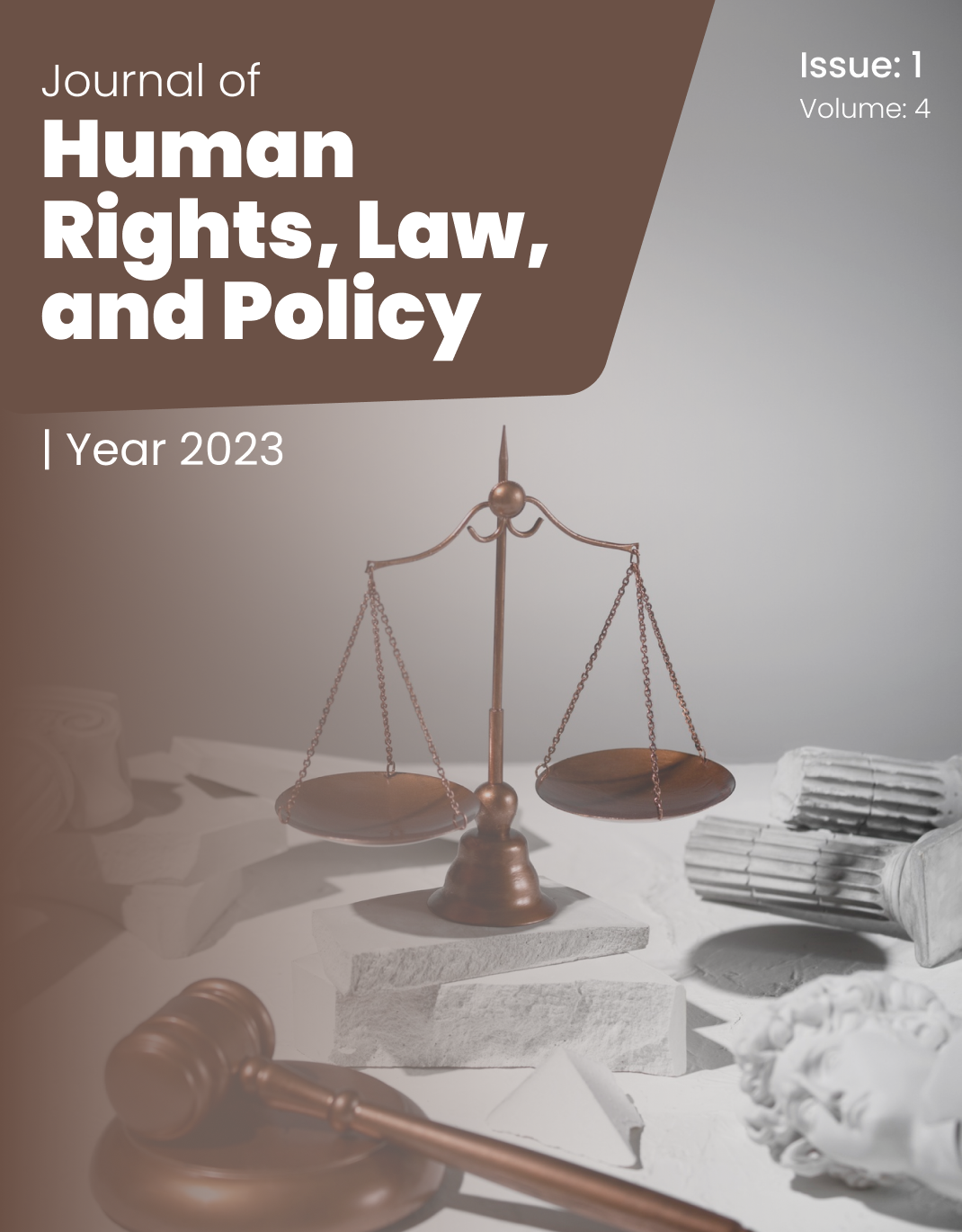The Legal Dimensions of Belonging in Border Regions: A Narrative Study
Keywords:
Legal belonging, statelessness, border regions, narrative inquiry, citizenship, legal exclusion, identity, IranAbstract
This study aims to explore the legal dimensions of belonging among individuals with border-region heritage in Iran, focusing on how legal exclusion and institutional interactions shape their lived experiences and narrative identities. This qualitative study employed a narrative inquiry approach using semi-structured interviews with 30 participants residing in Tehran who had personal or familial histories connected to Iran’s border regions. Participants were selected through purposive sampling, and data collection continued until theoretical saturation was achieved. All interviews were audio-recorded, transcribed verbatim, and analyzed using thematic narrative analysis via NVivo software. The study focused on capturing the subjective experiences of participants concerning legal documentation, institutional encounters, and expressions of social and national belonging. Analysis revealed three overarching themes: legal recognition and documentation, spatial and social belonging, and institutional interactions and resistance. Participants described prolonged legal ambiguity, such as statelessness, bureaucratic exclusion, and document-based identity erasure. The emotional consequences of legal invisibility—such as humiliation, fear, and alienation—were pervasive. Simultaneously, participants engaged in everyday practices of cultural affirmation and narrative resistance. Some avoided state institutions altogether, while others actively sought legal remedies through NGOs and advocacy networks. Intergenerational shifts in identity and belonging were also observed, with younger participants adopting more fluid or assimilated national identities. The study demonstrates that legal belonging in border-related contexts is deeply embedded in personal narratives, social practices, and emotional landscapes. Legal exclusion operates not only through policy and law but also through daily interactions and internalized perceptions of legitimacy. Understanding these lived realities is essential for designing humane and inclusive legal frameworks that address the rights and recognition of marginalized populations in border regions.
Downloads
References
Bosniak, L. (2006). The citizen and the alien: Dilemmas of contemporary membership. Princeton University Press.
Coutin, S. B. (2000). Legalizing moves: Salvadoran immigrants' struggle for U.S. residency. University of Michigan Press.
Eastmond, M. (2007). Stories as lived experience: Narratives in forced migration research. Journal of Refugee Studies, 20(2), 248–264. https://doi.org/10.1093/jrs/fem007
Ewick, P., & Silbey, S. S. (1998). The common place of law: Stories from everyday life. University of Chicago Press.
Gonzales, R. G., & Chavez, L. R. (2012). “Awakening to a nightmare”: Abjectivity and illegality in the lives of undocumented 1.5-generation Latino immigrants in the United States. Current Anthropology, 53(3), 255–281. https://doi.org/10.1086/665414
Harpviken, K. B., & Tadjbakhsh, S. (2016). A rock between hard places: Afghanistan as an arena of regional insecurity. Hurst Publishers.
Heyman, J. M. (2013). Constructing a “perfect” deportee: Performance of migrant illegality in border apprehensions. Journal of Language, Identity & Education, 12(3), 195–213. https://doi.org/10.1080/15348458.2013.797256
Khosravi, S. (2008). Young and defiant in Tehran. University of Pennsylvania Press.
Kubal, A. (2013). Conceptualizing semi-legality in migration research. Law & Society Review, 47(3), 555–587. https://doi.org/10.1111/lasr.12032
Lakhani, S. M., & Menjívar, C. (2020). Legal violence, health, and access to care: Latina immigrants in rural and urban Kansas. Journal of Health and Social Behavior, 61(2), 190–205. https://doi.org/10.1177/0022146520910533
Menjívar, C. (2006). Liminal legality: Salvadoran and Guatemalan immigrants’ lives in the United States. American Journal of Sociology, 111(4), 999–1037. https://doi.org/10.1086/499509
Menjívar, C., & Lakhani, S. M. (2016). Transformative effects of immigration law: Immigrants’ personal and social metamorphoses through regularization. American Journal of Sociology, 121(6), 1818–1855. https://doi.org/10.1086/685103
Miller, K. E., & Rasmussen, A. (2010). War exposure, daily stressors, and mental health in conflict and post-conflict settings: Bridging the divide between trauma-focused and psychosocial frameworks. Social Science & Medicine, 70(1), 7–16. https://doi.org/10.1016/j.socscimed.2009.09.029
Moradi, H. (2020). Border management and the securitization of peripheral ethnic groups in Iran. Iranian Studies, 53(5-6), 891–912. https://doi.org/10.1080/00210862.2020.1793185
Shachar, A. (2009). The birthright lottery: Citizenship and global inequality. Harvard University Press.
Tucker, J. (2014). Citizenship performance: Narrative, agency, and belonging among undocumented immigrants. Cultural Studies ↔ Critical Methodologies, 14(3), 206–215. https://doi.org/10.1177/1532708613517443
Downloads
Published
Submitted
Revised
Accepted
Issue
Section
License

This work is licensed under a Creative Commons Attribution-NonCommercial 4.0 International License.

